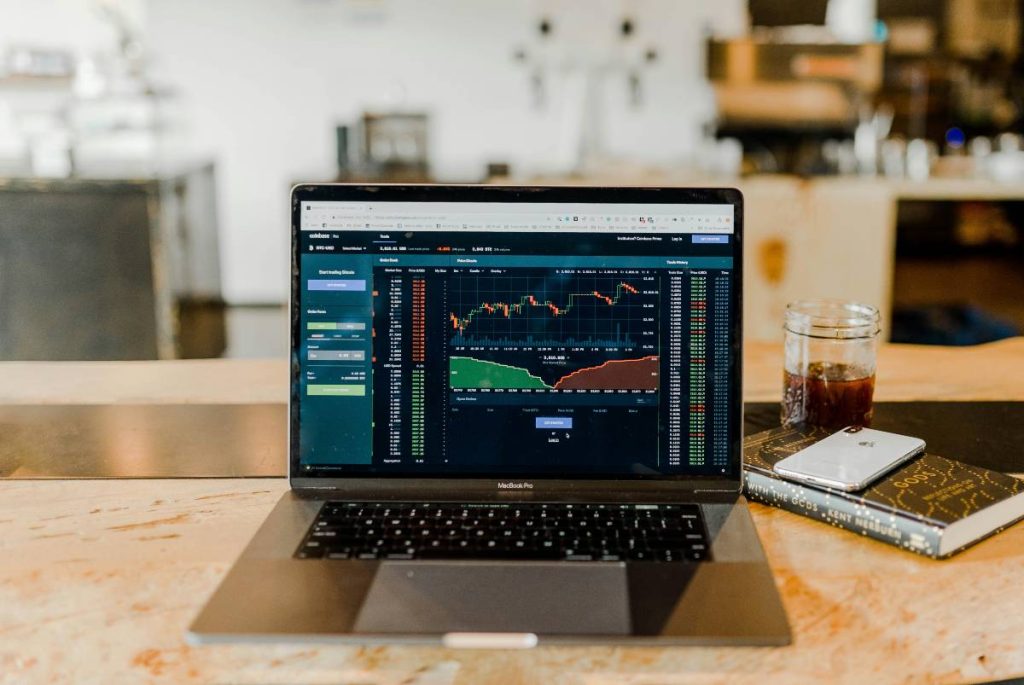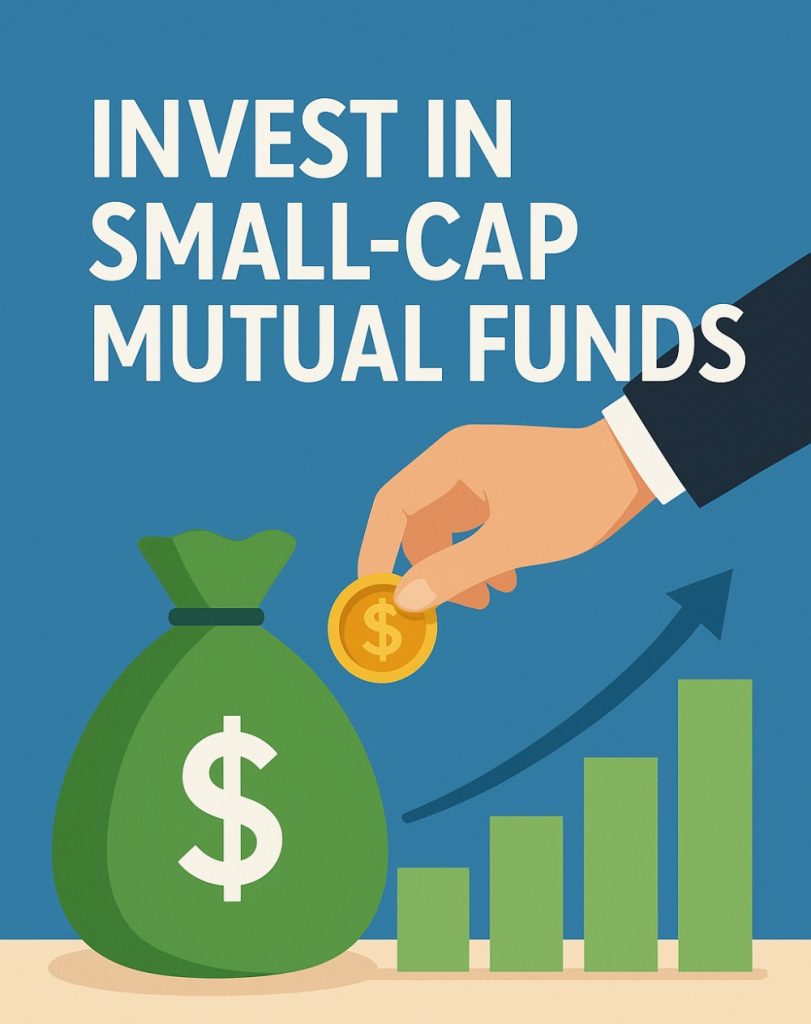When investing in small-cap mutual funds, most investors would look at the previous returns and the ranking of the funds, yet they overlook one of the most important elements, the expense ratios.
This small, continuous charge can have a huge effect on the returns an investor ultimately accumulates with their investments in small-cap funds. In this blog, we will explore why small-cap funds have higher expense ratios and what key aspects to look into that many investors overlook.
What Investors Often Overlook?
There are several things that investors often overlook while investing in small-cap funds. Some of those things are:
Direct Plan Advantage Is Significant
Many investors still invest in regular plans (which pay a commission to distributors), without realizing that their effective expense ratio may be an additional 0.5-1% per annum compared to the direct plan version of the same fund. For example, the Canara Robeco Small Cap Fund direct plan growth has an expense ratio of 0.46% whereas its regular plan has a higher expense ratio of 1.67%.
This variation, over the years, results in huge differences in returns of small-cap schemes, as the base expense is already high in small-cap funds.
Gross Returns ≠ Net Gains
The comparison of funds by their gross returns, before-expense performance, is a common practice among investors. But the true number is the return yielded after deducting the expense ratio.
A small-cap fund with impressive gross returns but charging high fees can result in lower overall returns as compared to a rival with moderate returns and lower expense ratios.
Small Differences Compound Over Time
Investors may underestimate the long-term impact of a fee that’s “just” 0.5% or 1% higher. Over 10-15 years, this can result in tens of thousands, or even lakhs, less in final returns due to the compounding effect of costs. This cut is not a single blow, but a yearly event, which recurs every year, quietly growing in its impact on the overall returns.
High Cost Doesn’t Guarantee Better Management
Some investors accept high fees because they think it indicates better stock-picking or market-beating ability. In reality, many mutual funds with low expense ratios are consistent performers, proving that being frugal on costs is good for an investor’s portfolio, not a sign of lesser quality.
Why Are Expense Ratios Higher in Small-Cap Funds?

Small-cap funds have high expense ratios. Some reasons behind the higher expense ratio in small-cap funds are:
High Transaction and Liquidity Costs
Most of the small-cap stocks are thinly traded, having low volumes and liquidity. Purchasing or selling in large volumes will shift the prices, widen the bid-ask spread, and result in high brokerage or transaction fees. These expenditures have a direct impact on the expense ratio and contribute to a higher expense ratio.
Intensive Research and Analysis
Small-cap stocks are often less tracked by analysts and demand more effort, time, and on-ground research by fund managers and their teams to identify hidden gems. In small-cap funds, this research cost results in a higher expense ratio, which is eventually subtracted from the investor’s total returns.
Frequent Trading
In small-cap funds, a fund manager has an active investment approach, constantly seeking to find hidden opportunities or exit stocks that are going wrong. This increases the volume of trades, increasing brokerage, statutory charges, and, in some funds, short-term capital gains tax, all of which are cut from the overall returns.
Conclusion
Expense ratios can make or break an investor’s small-cap mutual fund returns, especially if they are investing for the long term. To guarantee that more of their returns remain invested and allow compounding to do its magic, investors should constantly monitor their expense ratios.
To make better decisions, they should subsequently review the fund’s expense ratio, historical returns, and associated risks before making any investments.





